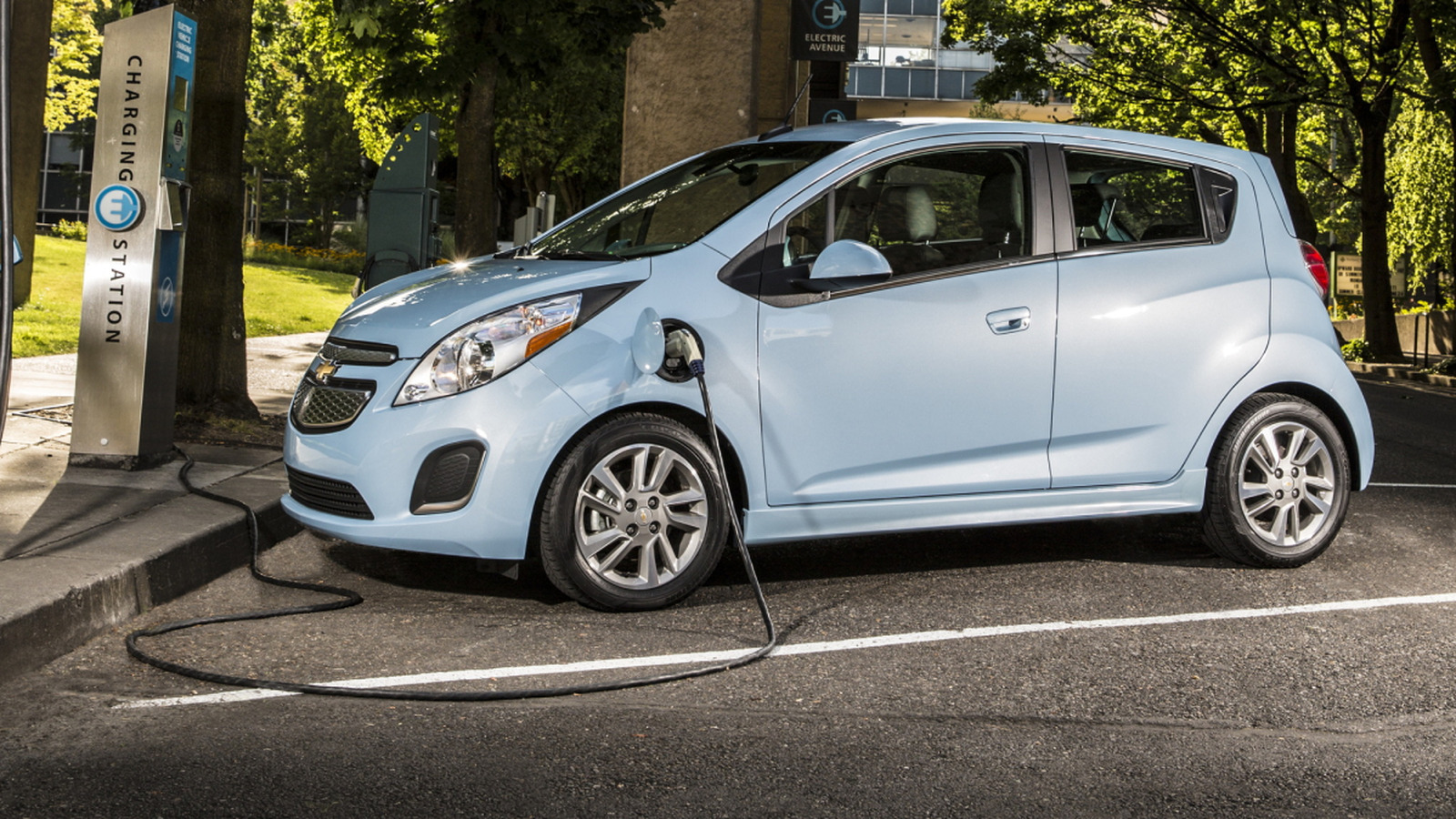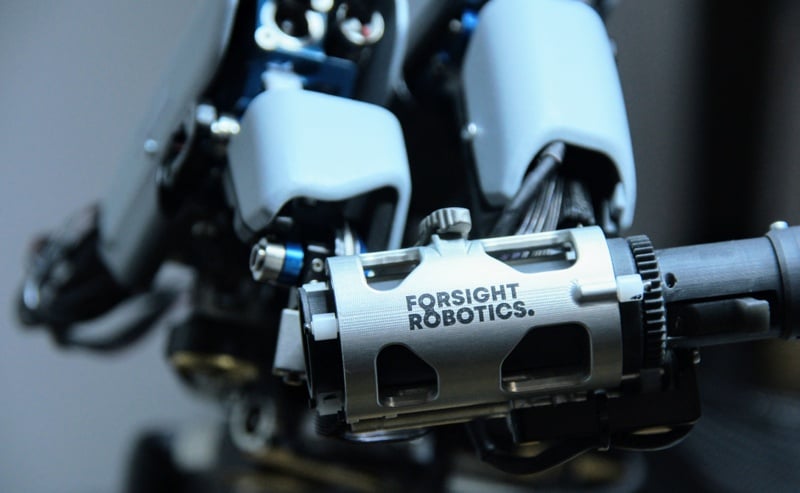Unlocking Long Life Aqueous Zinc‐Sulfur Rechargeable Battery Derived from Zinc Waste Powering 30 LEDs
Advanced Energy Materials, EarlyView.

The Zn-S battery offers polysulfide-free, solid-solid sulfur conversion with 3.5 folds HER suppression and 2.8-folds reducted Zn corrosion along with 3.5 fold enhanced capacity in presence of SA. In situ spectroscopic analysis revealed reversible ZnS formationand polysulfide-free mechanism. A flexible, waste-derived Zn anode in Zn-S battery powered 30 LEDs for 93h demonstrating its potential as a next-generation energy storage system.
Abstract
Aqueous Zinc-sulfur (Zn-S) rechargeable batteries are emerging as promising next-generation energy storage devices due to safety, capacity, cost and efficiency. However, Zn corrosion, polarization, low conductivity and volume expansion of sulfur cathode are the bottlenecks for battery stability and capacity. Herein, we report a dual strategy involving sulfanilamide (SA) as additive to stabilize Zn, paired with hollow NixFeyO4 to confine sulfur, mitigating volume expansion and enhancing conductivity along with iodine as redox mediator to improve the Zn2+ kinetics. The designed battery demonstrated an excellent specific capacity of 1260 mAh g−1 at 0.1 C with 81% capacity retention after 1000 cycles at 1 C. The SA mitigates the hydrogen evolution reaction (HER) by 3.5 times and 2.8-fold reduction in corrosion rate of Zn anode, which is, supported by Raman, and 1H NMR spectroscopy and furthercomplimented by computational studies. The symmetric Zn||Zn cell with SA was stable for more than 770 h, demonstrating an ultra-high stability of Zn anode. Formation of ZnS was monitered by electrochemical in-situ Raman spectroscopy. The designed Zn-S homemade pouch cell powered a panel of 30 red LED for 93 h and furthered powered fan, demonstrating exceptional sustainability.











































































































































